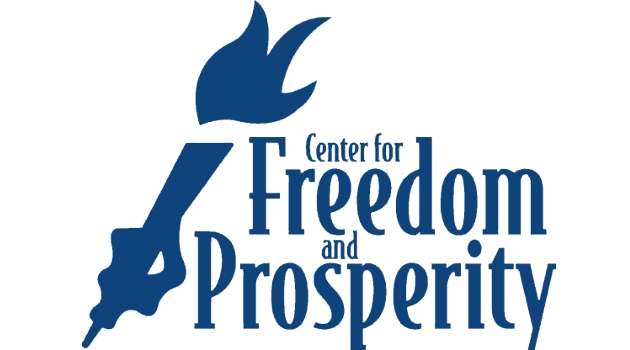In hopes of warning people about the dangers of Obamacare, I’ve shared horror stories from the United Kingdom about patients languishing on waiting lists and being left to die.
Now, thanks to whistleblowers, we have horror stories from America. The government-run system operated by the Veterans Administration has maintained secret waiting lists that have led to lots of delayed care and numerous deaths.
The Wall Street Journal opines on the scandal.
The real story of the VA scandal is the failure of what liberals have long hailed as the model of government health care. Don’t take our word for it. As recently as November 2011, Paul Krugman praised the VA as a triumph of “socialized medicine,” as he put it… What the egalitarians ignore, however, is that a government system contains its own “perverse incentives,” such as rationing that leads to treatment delays and preventable deaths, which the bureaucracy then tries to cover up. This isn’t an accident or one-time error. It is inherent in a system that allocates resources by political force rather than individual consumer choices. The VA is ObamaCare’s ultimate destination. …As in every government-run system, the only way the VA can provide universal, low-cost health care is by rationing. At the VA, this means long waiting lists to see doctors and get the “free” treatment veterans are entitled to.
Here is some of the evidence.
A retired doctor at a veterans hospital in Phoenix last month charged that staff concealed months-long delays for as many as 1,600 veterans, allegedly resulting in 40 preventable deaths. Excessive wait-times have also been reported in Fort Collins, Durham, Cheyenne, Austin and Chicago, among others. A new Inspector General report is all but certain to reaffirm the conclusions from its 2005, 2007 and 2012 reports. To wit, VA centers fudge their data. The VA has consistently boasted in its performance reviews that more than 90% of patients receive appointments within 14 days of their “desired date.” Yet according to the IG’s 2012 report, the measures “had no real value”… Maintaining long backlogs can help VA centers procure more funding. Like other government institutions, VA centers have a financial incentive to keep services in-house.
The key issue is whether policy makers draw the right conclusions.
Unfortunately, the WSJ almost surely is right that the statists will assert that this is simply a sign that the VA needs more money (just as they argue that the government’s education monopoly needs more money, even though we have decades of evidence that more money doesn’t work).
The inevitable liberal defense—it’s coming, we guarantee it—will be that Congress isn’t spending enough money. Yet as the nearby charts show, funding soared by 106% to $57.3 billion in 2013 from $27.7 billion in 2003. Yet over the same period the number of VA patients has increased by only 30%. …throwing more money at the VA hasn’t improved accountability, and neither have Congressional attempts at reform dating to the 1980s. …rearranging the deck chairs won’t fix the VA’s core problem, which is that a government-run system inevitably leads to wait lists and reduced access to quality care. The modern VA is a vestige of the flood of veterans coming out of World Wars I and II, but it is as unnecessary as a health-care system dedicated solely to police or firefighters. The best solution is to privatize the system.
The last couple of sentences are key. Why do we have a separate system of government-operated medical care for one segment of the population?
This isn’t to say that veterans shouldn’t receive care, particularly if they have medical conditions tied to their military service. National defense is a legitimate function of the federal government, and healthcare can be an appropriate form of deferred compensation.
But why isolate veterans in a substandard system? Just give them vouchers or some other form of subsidy, and then they can pick the care that is best for them.

